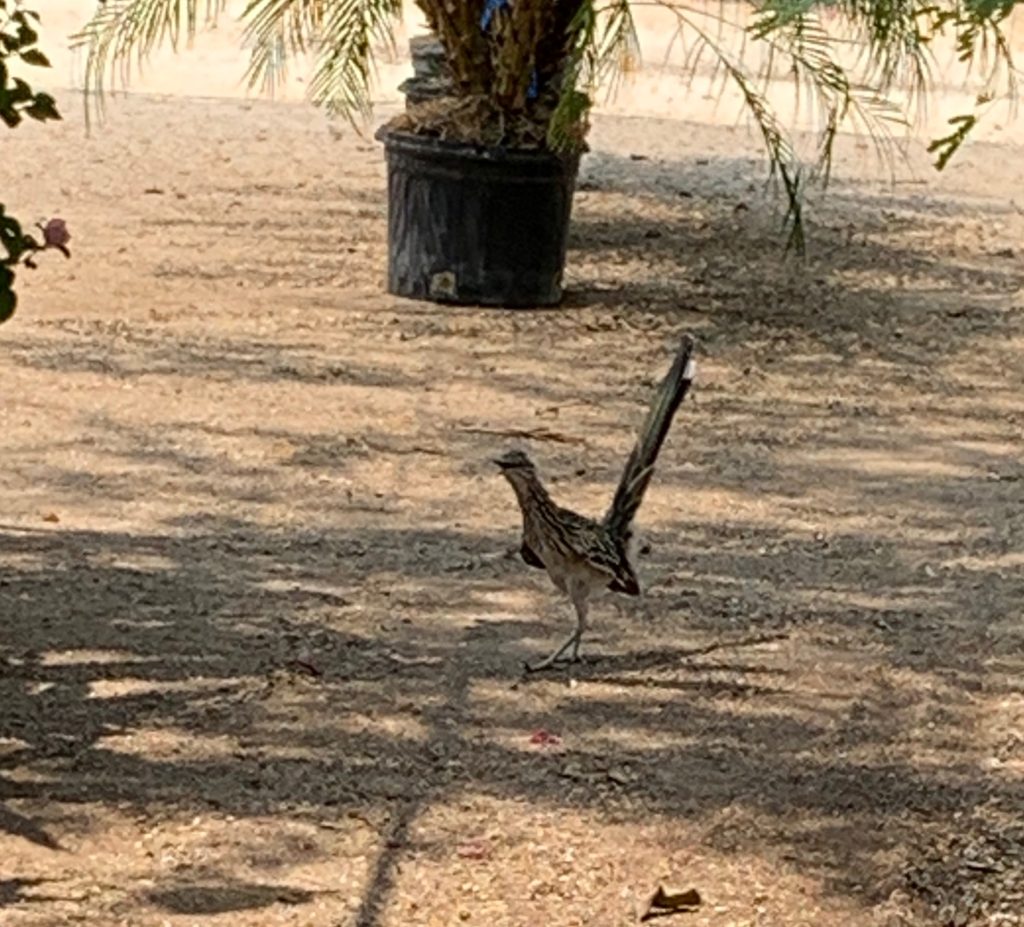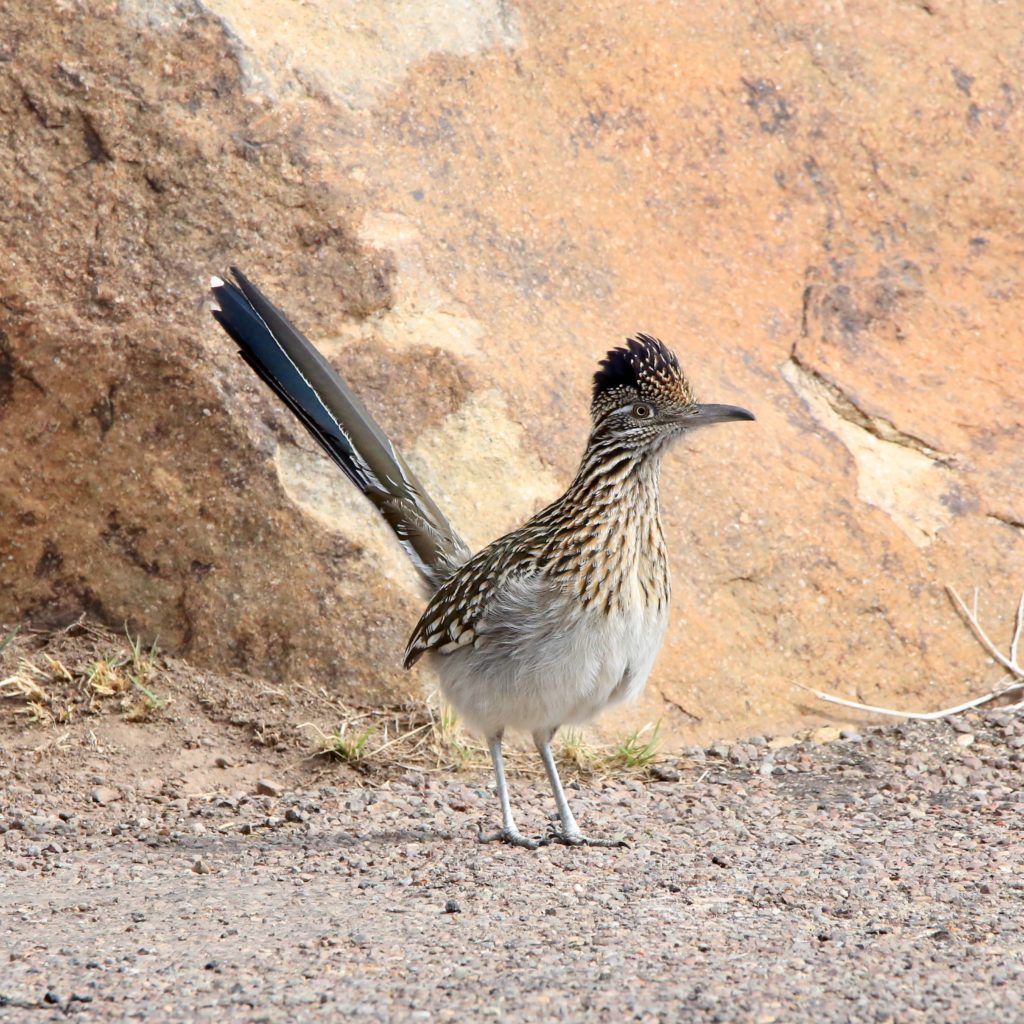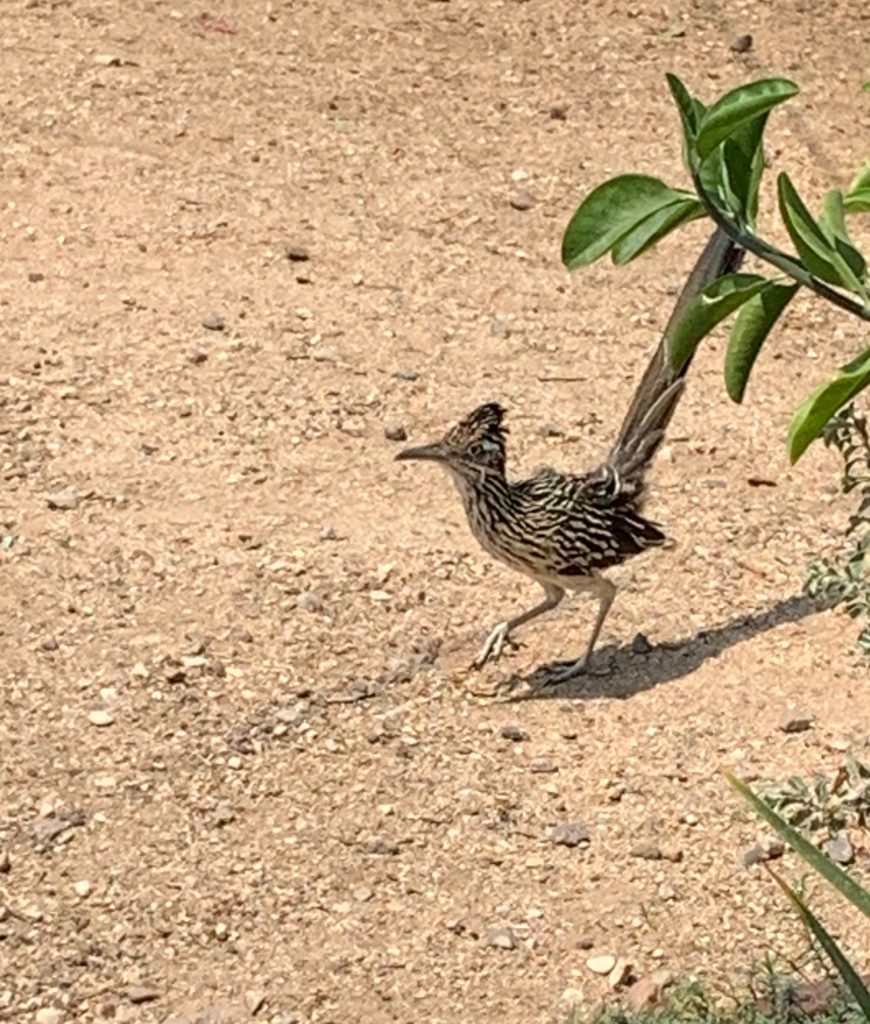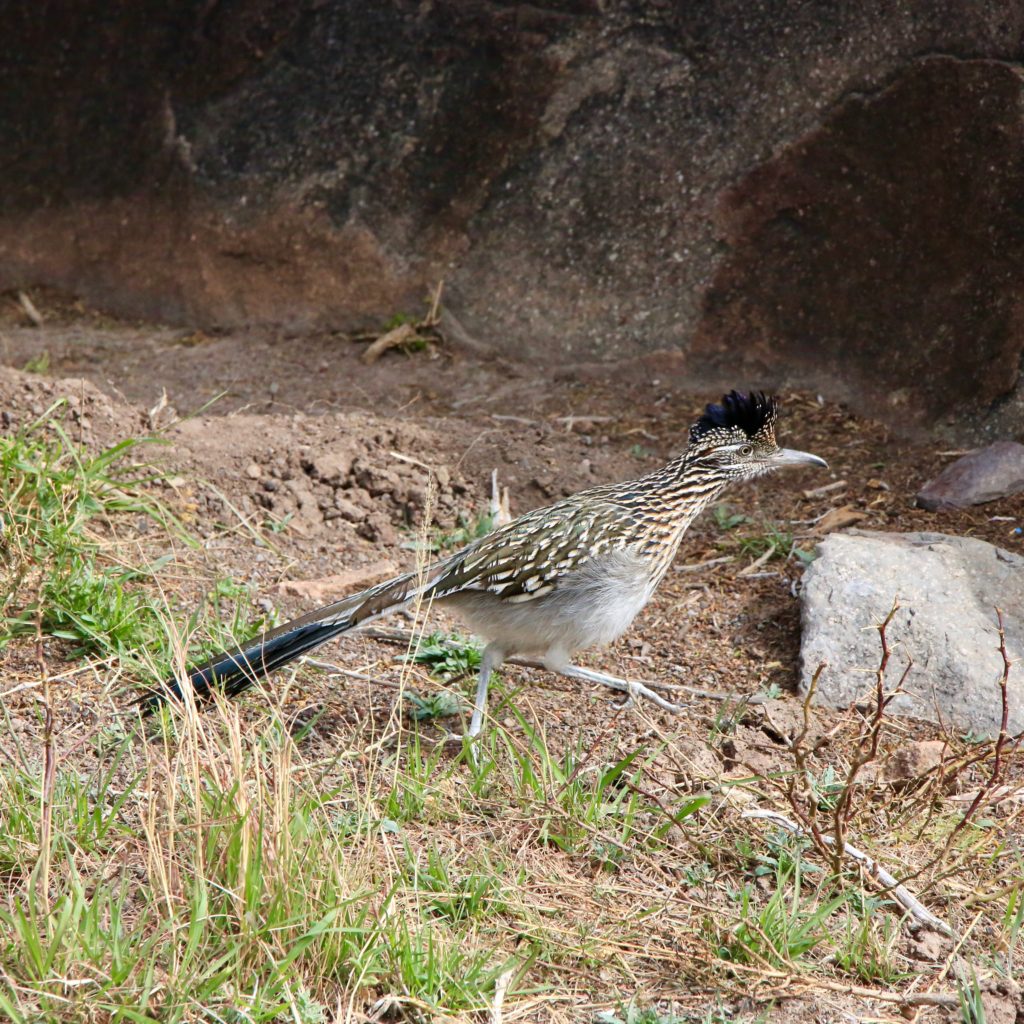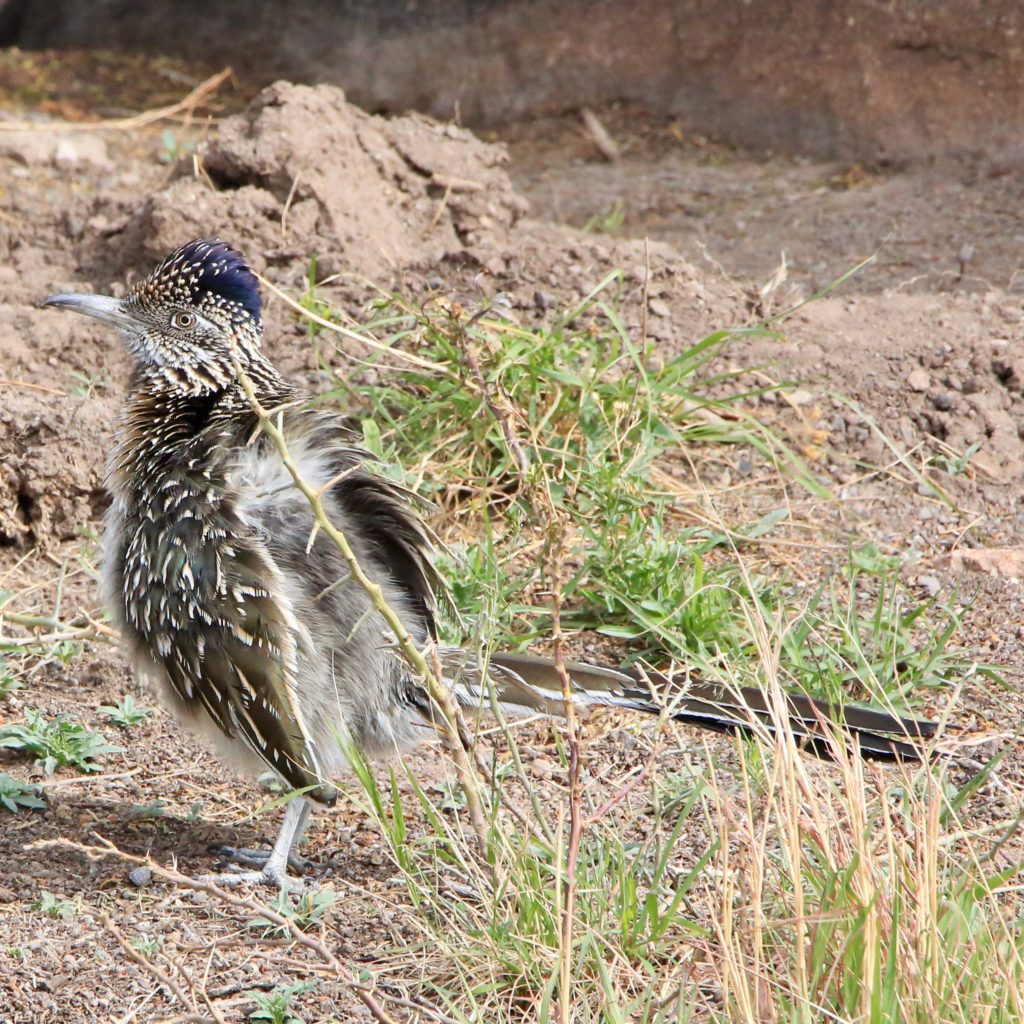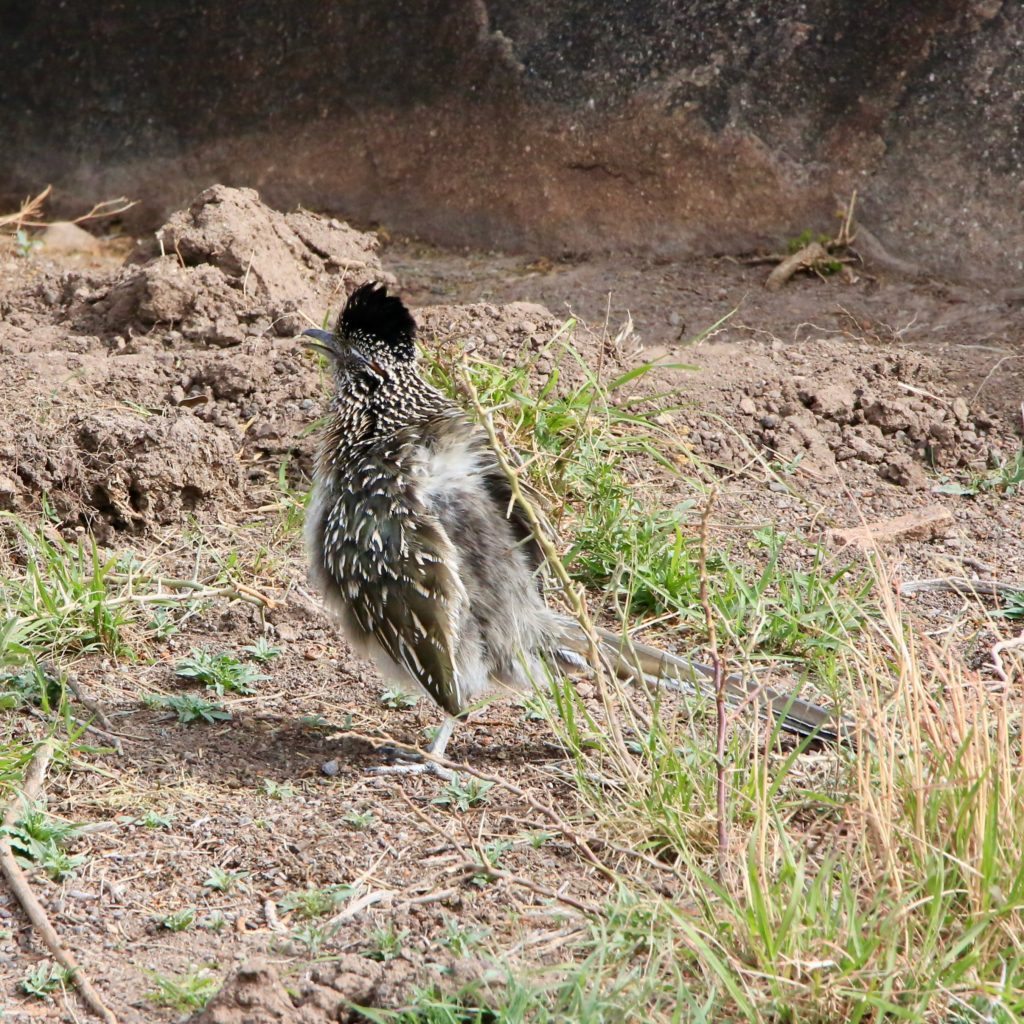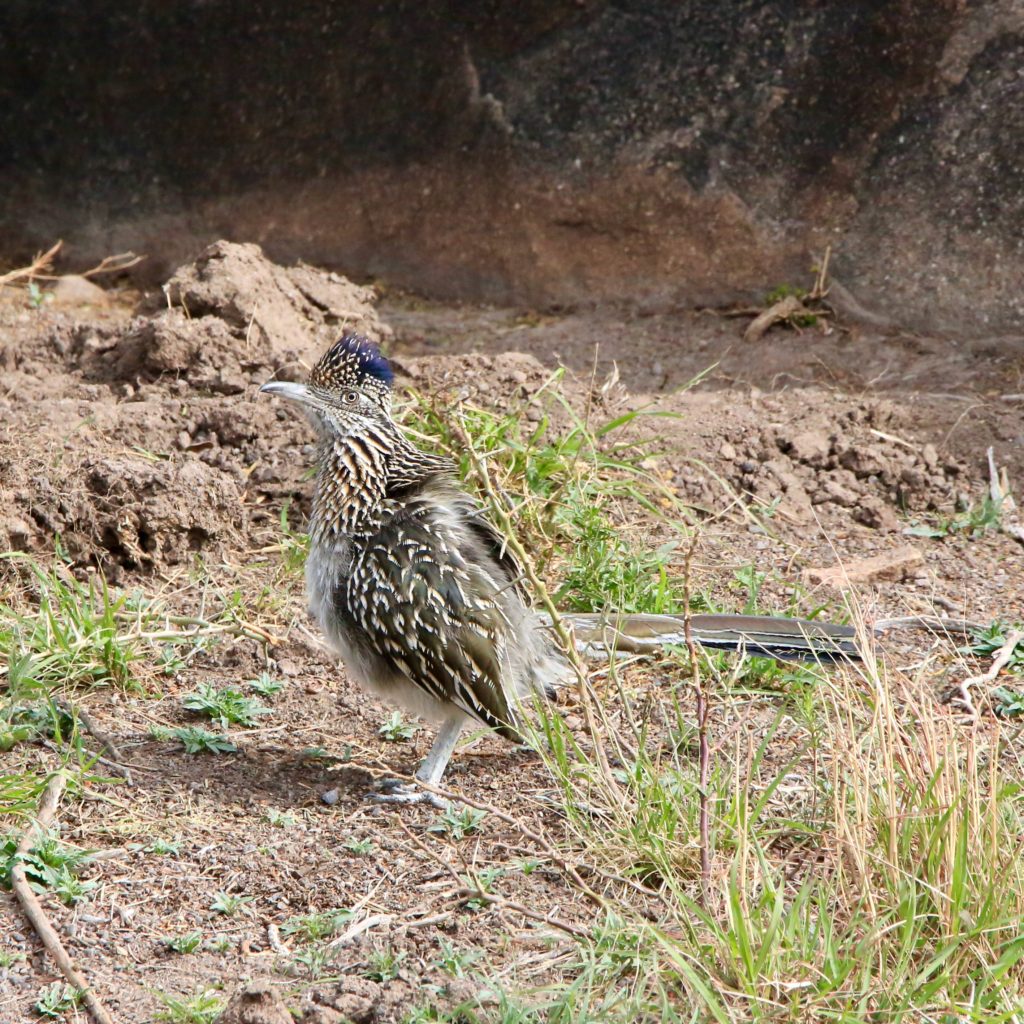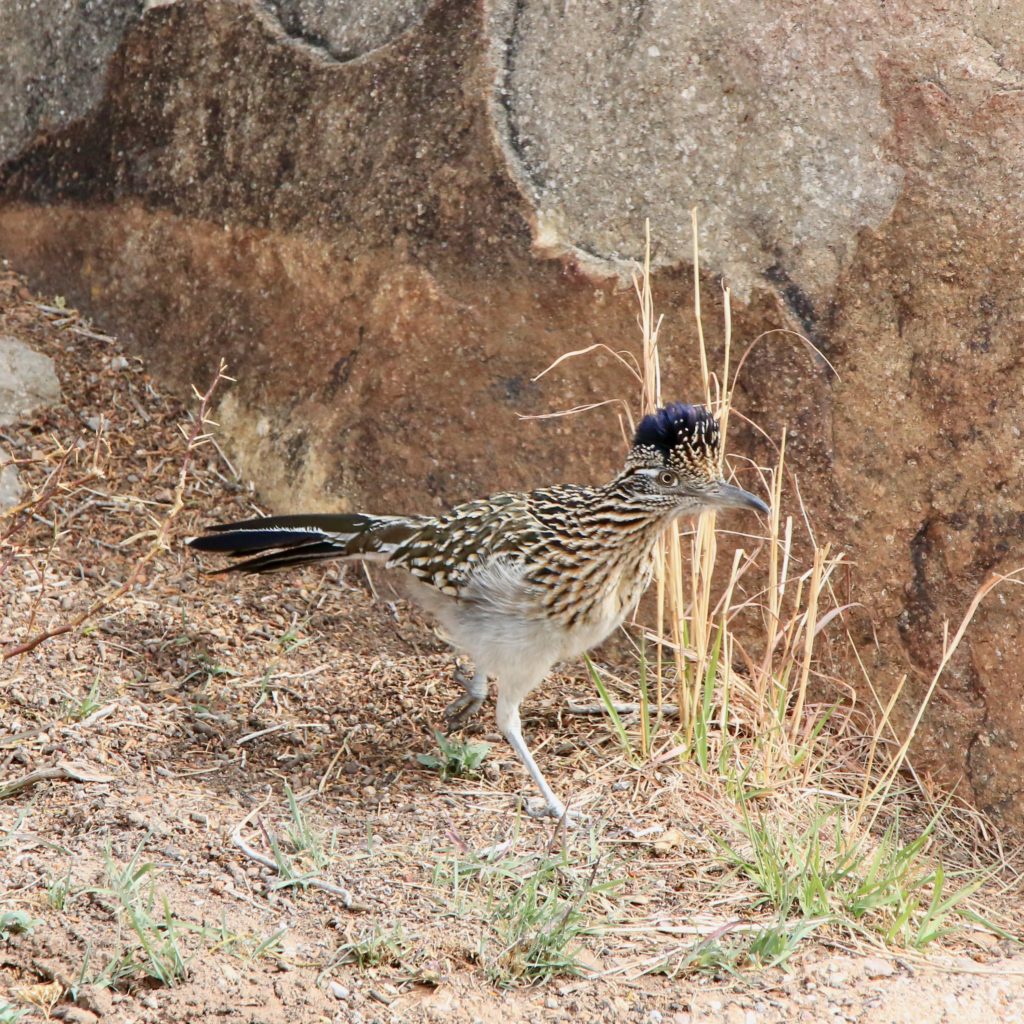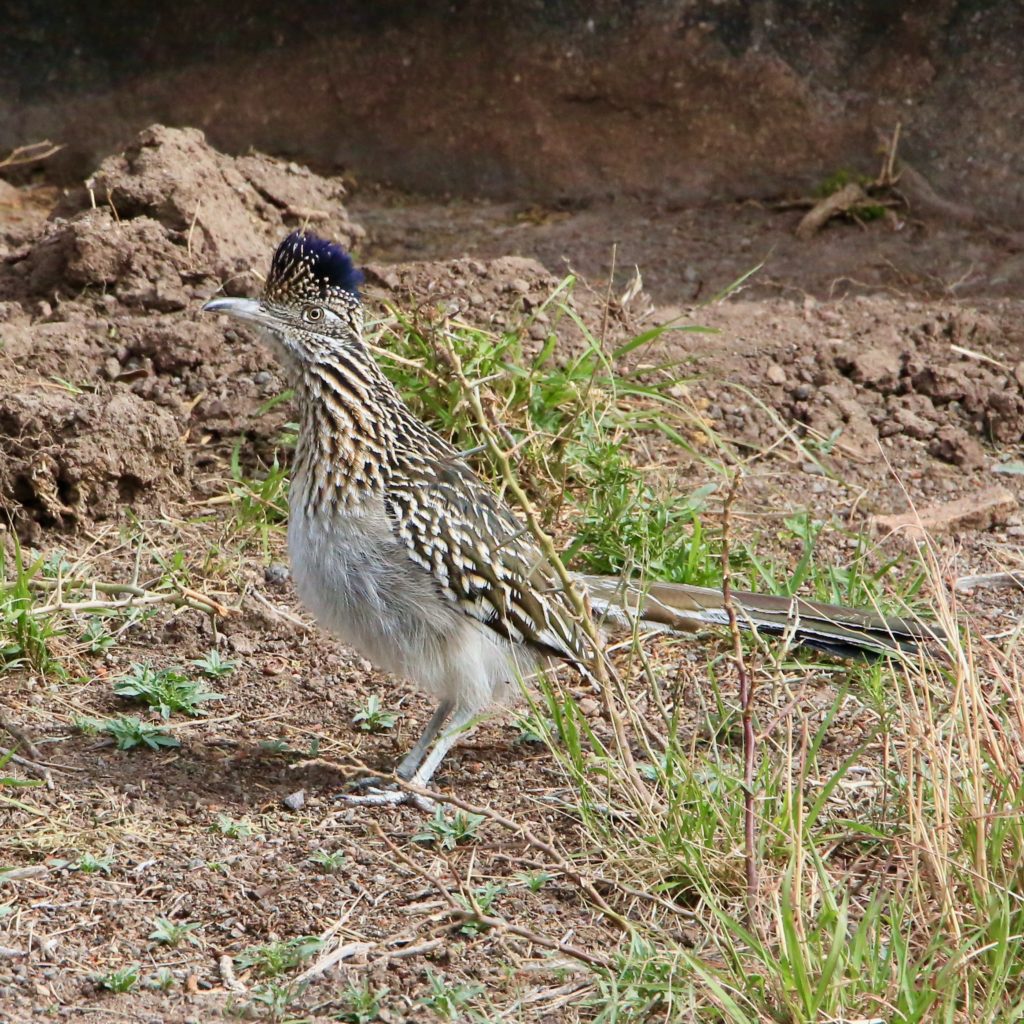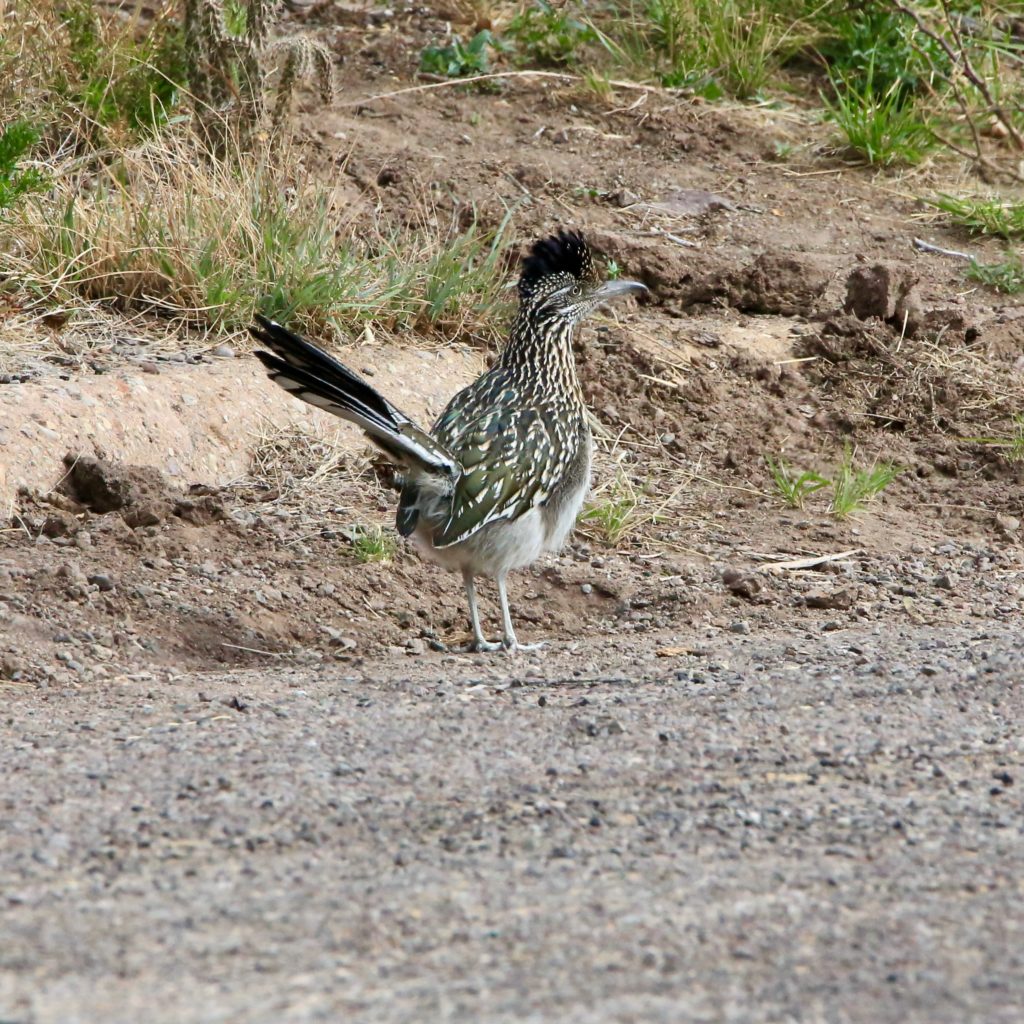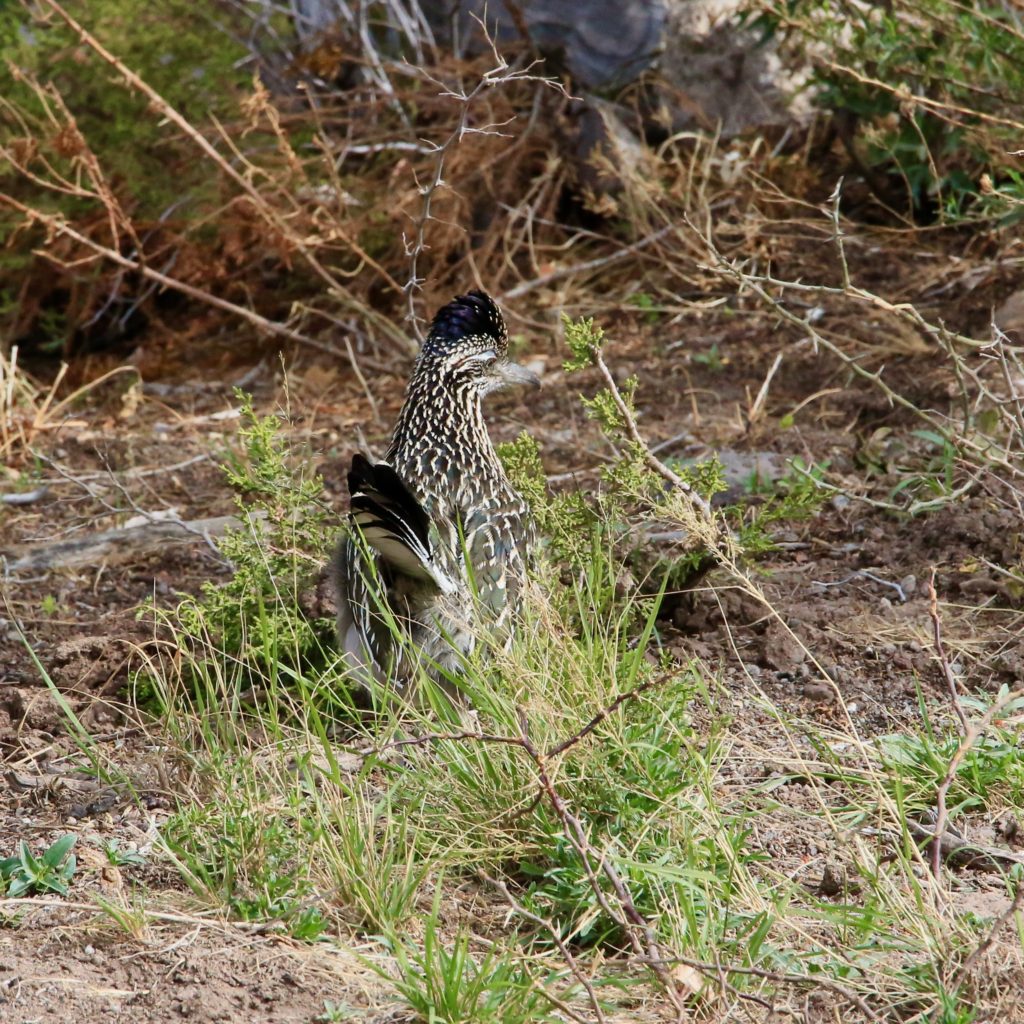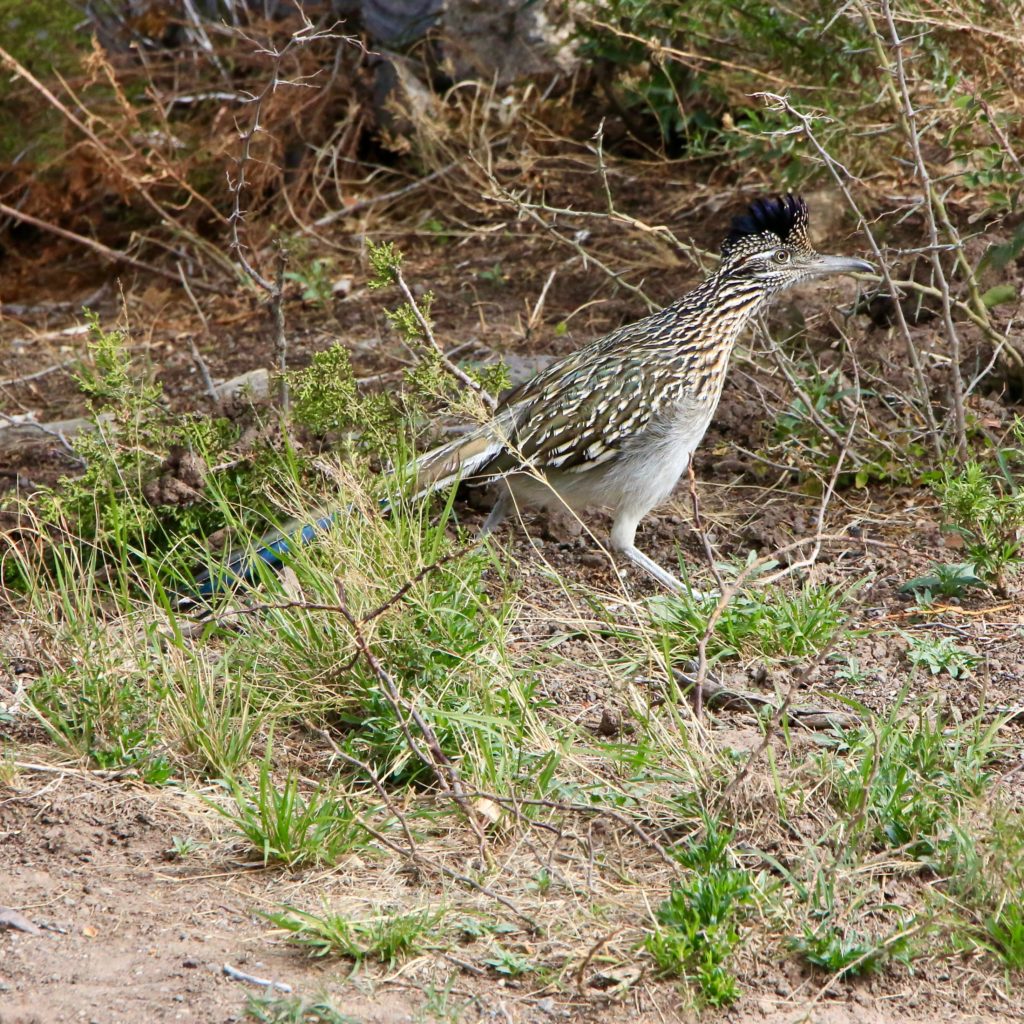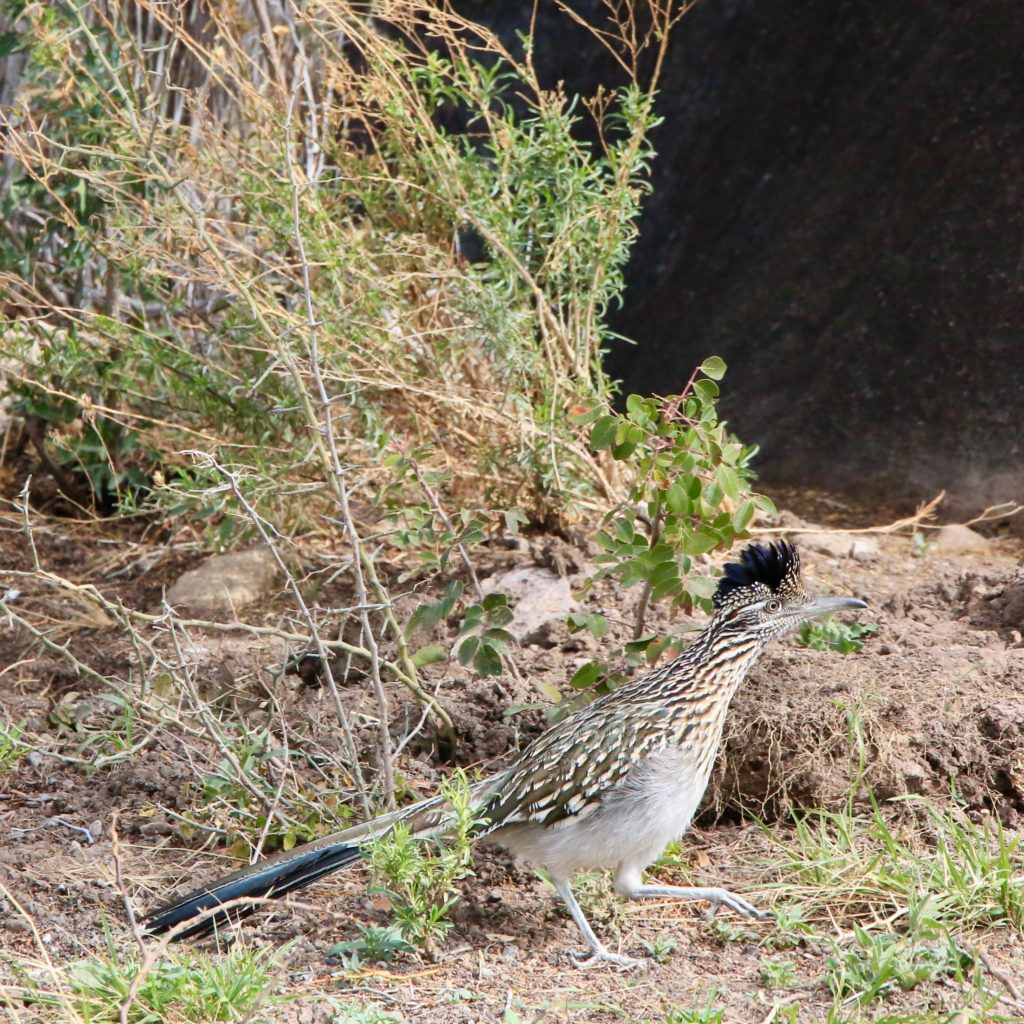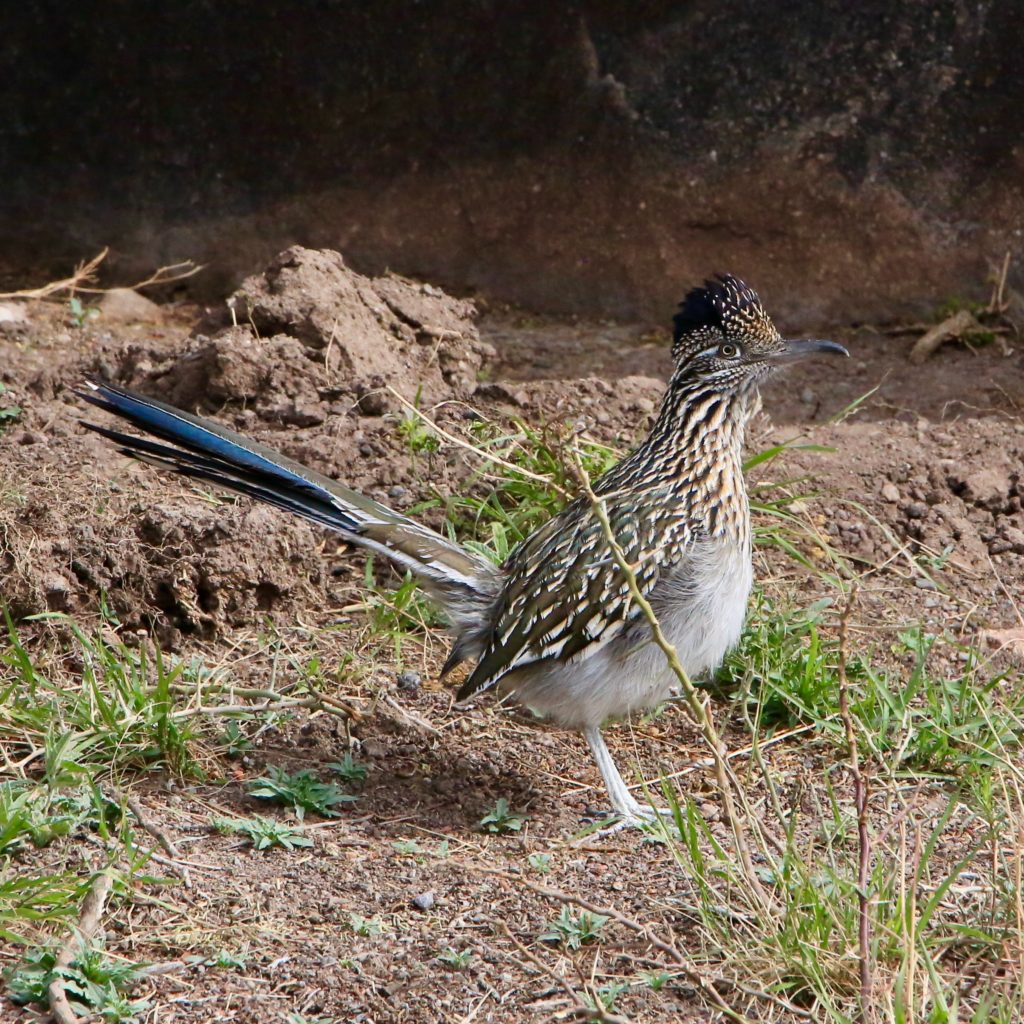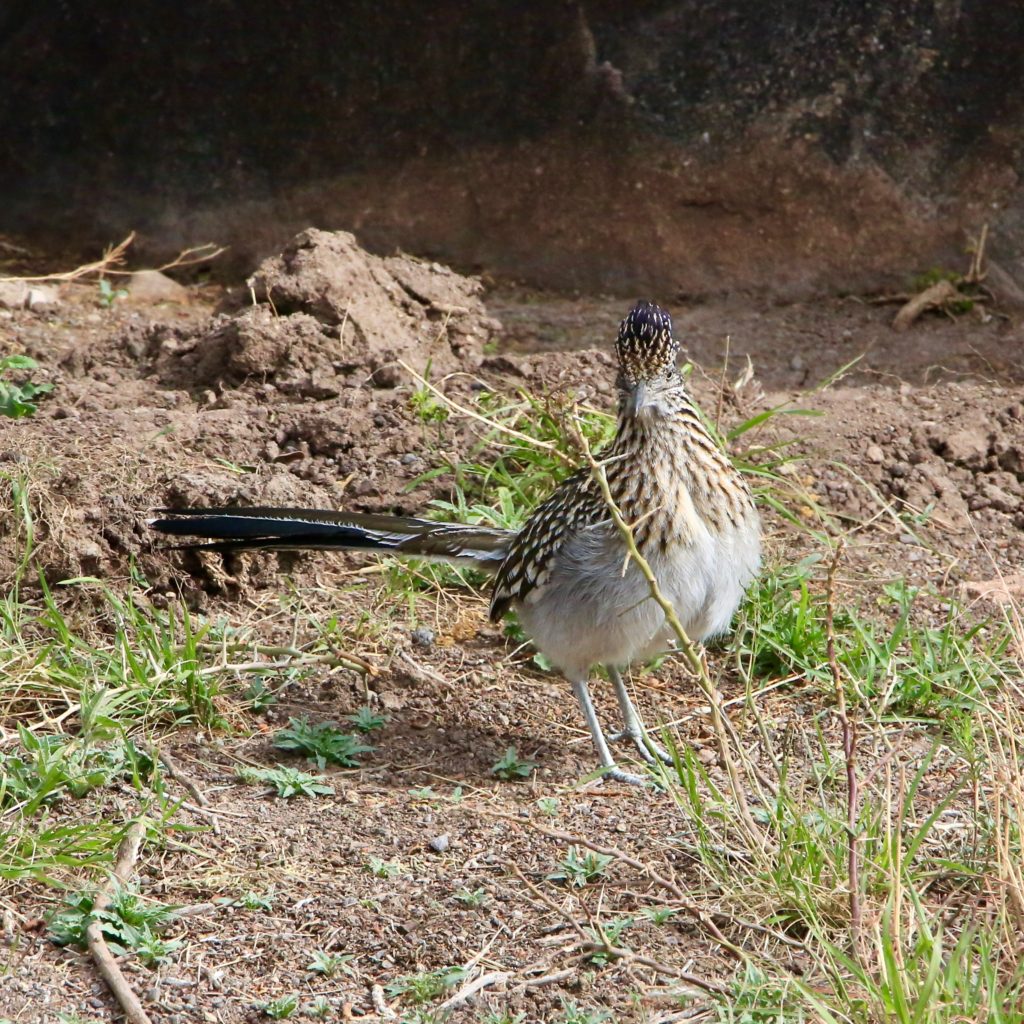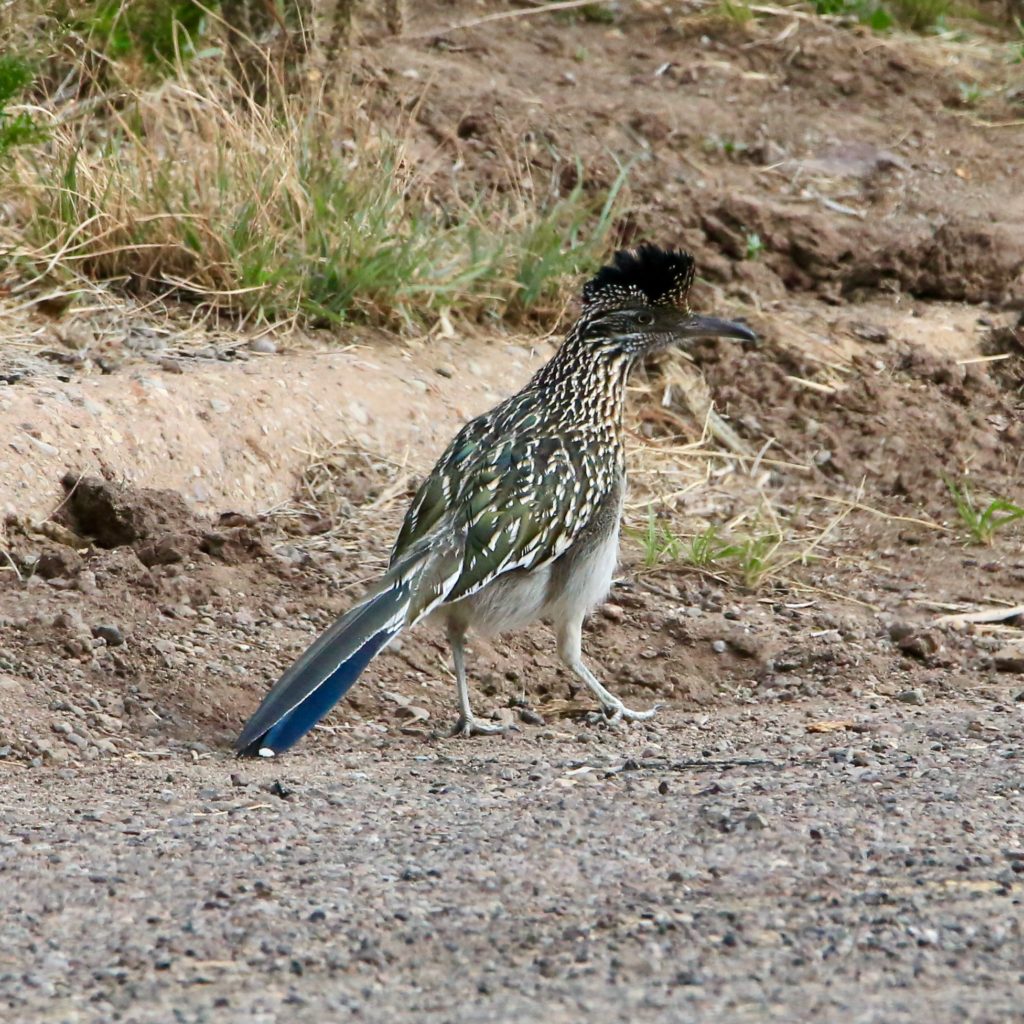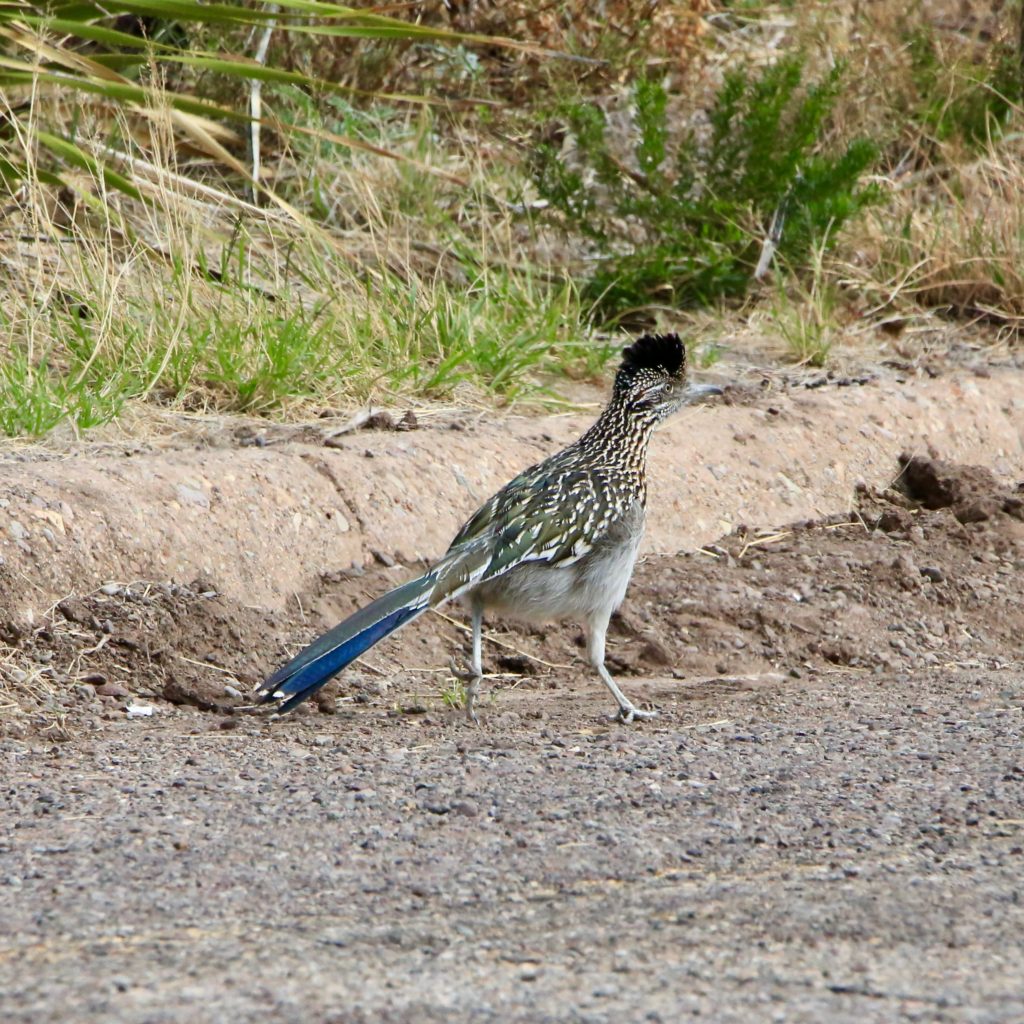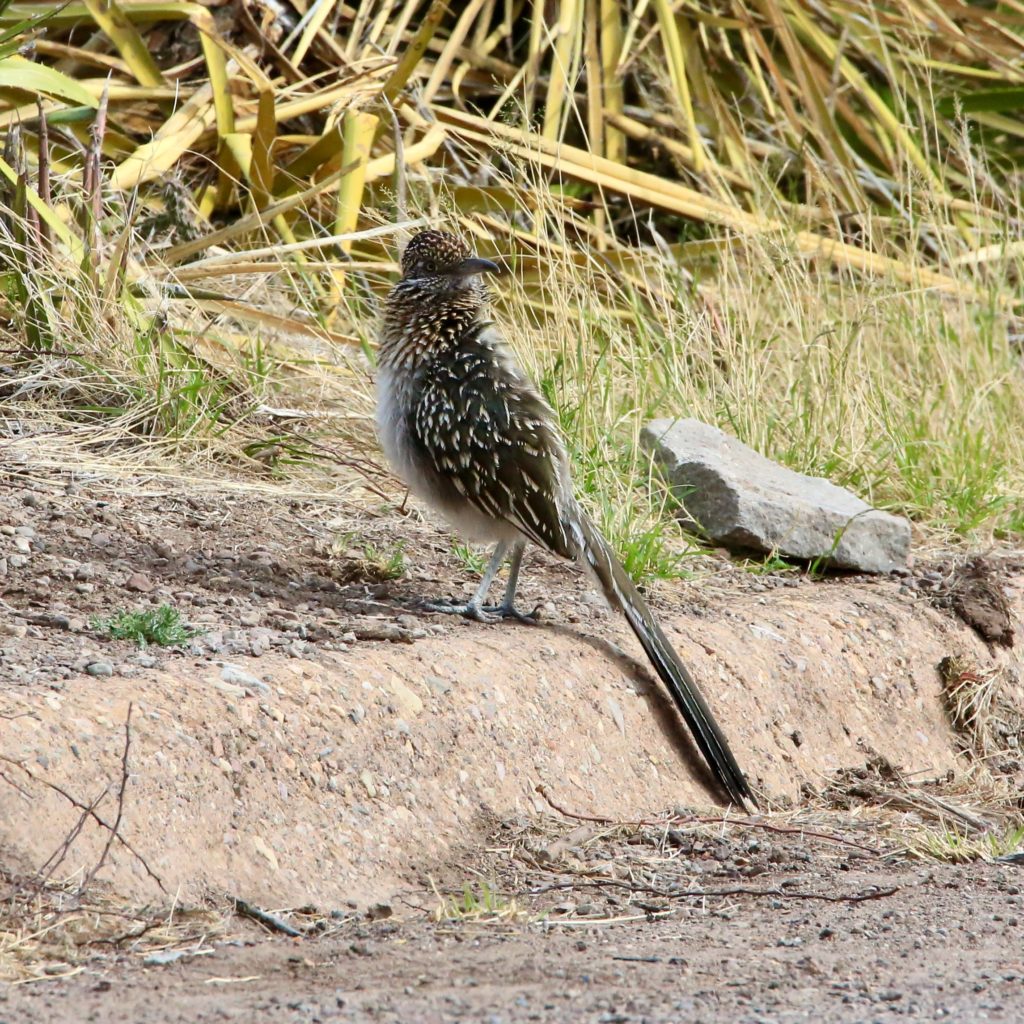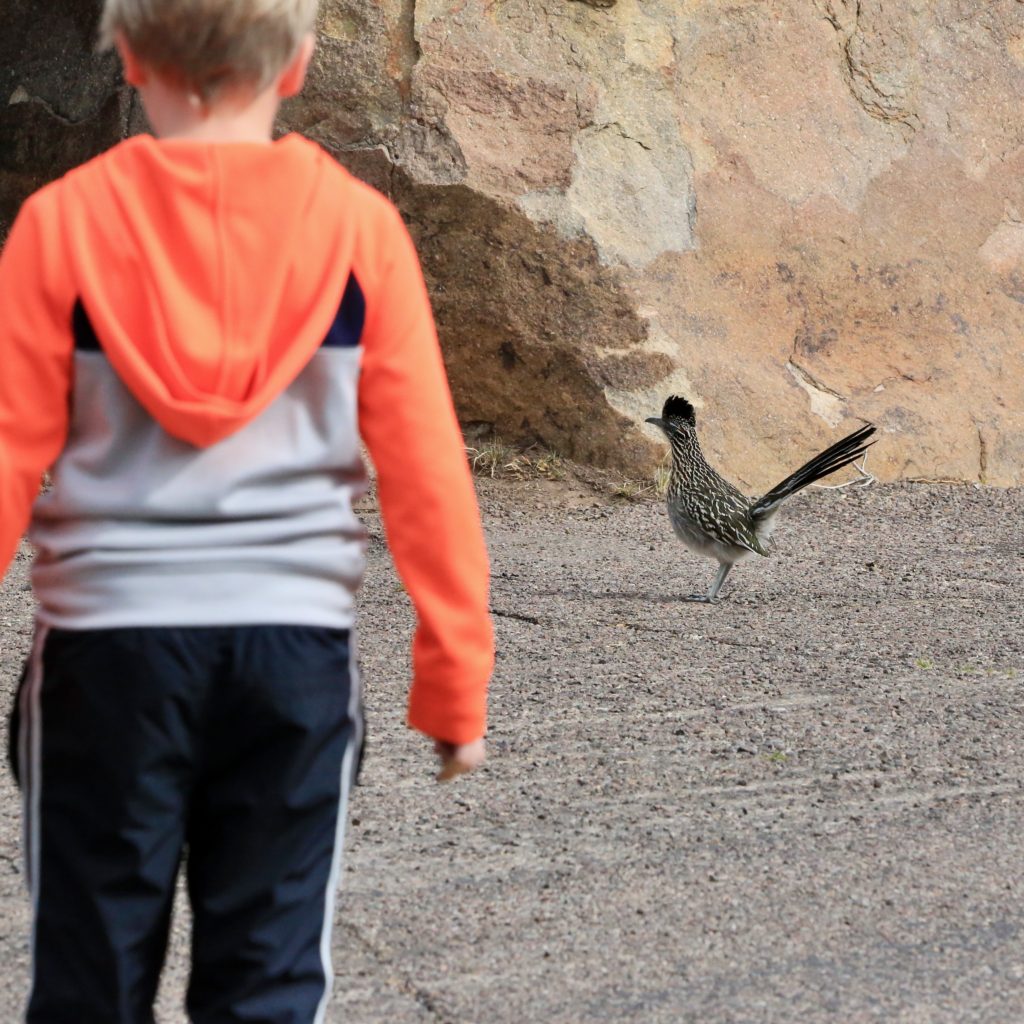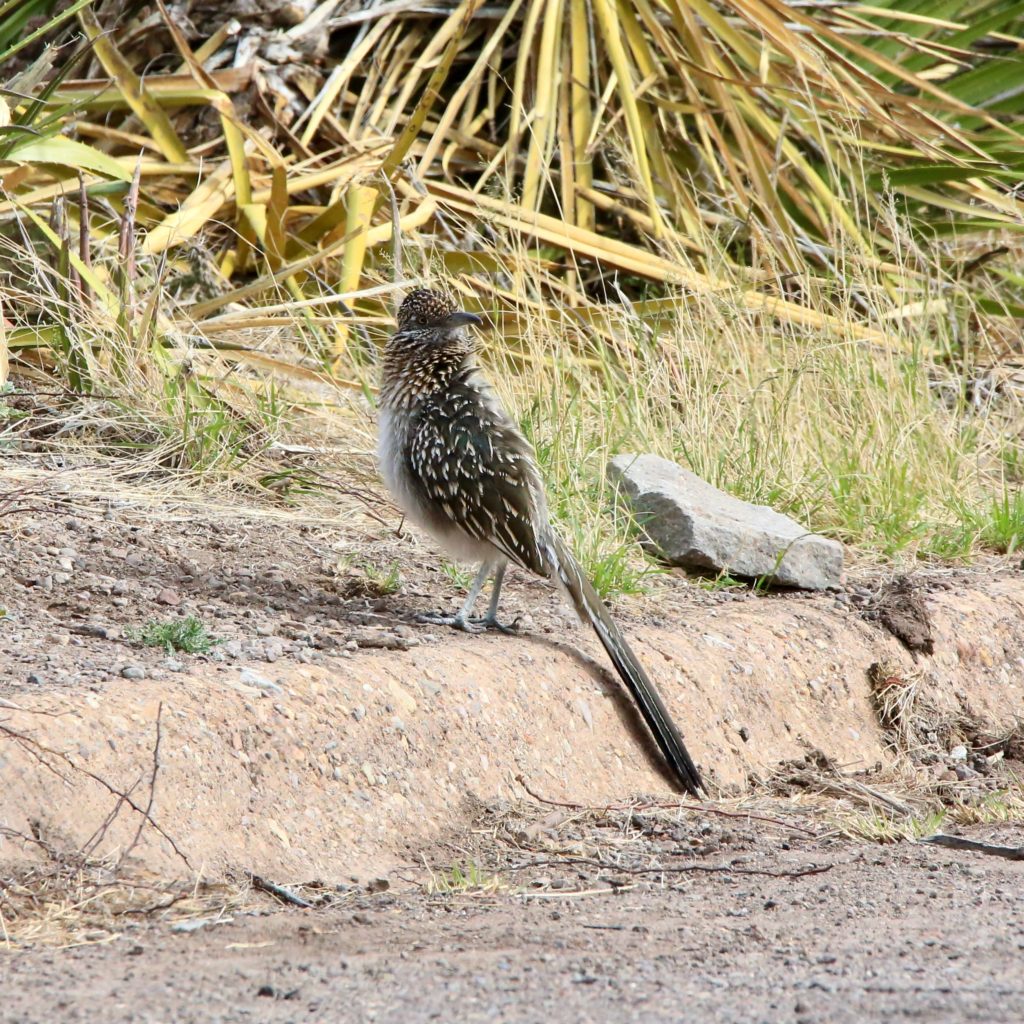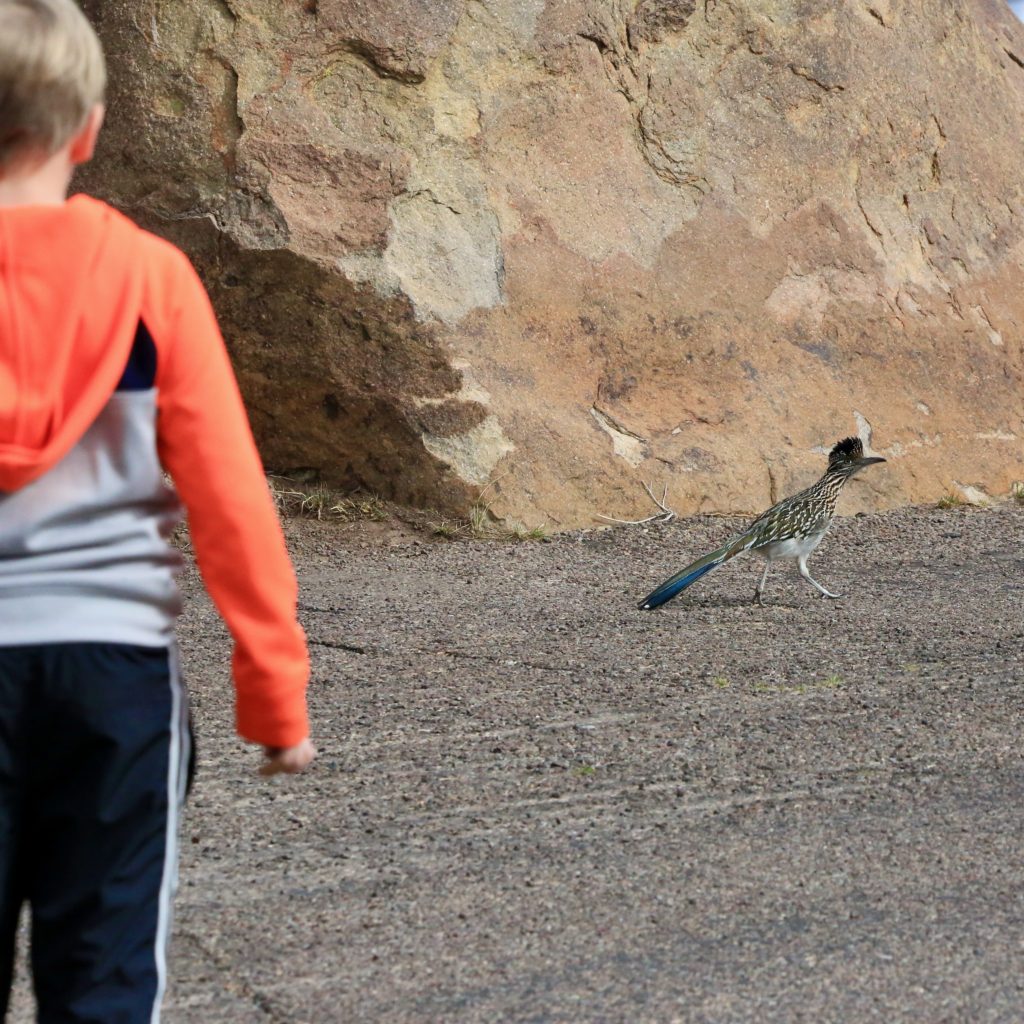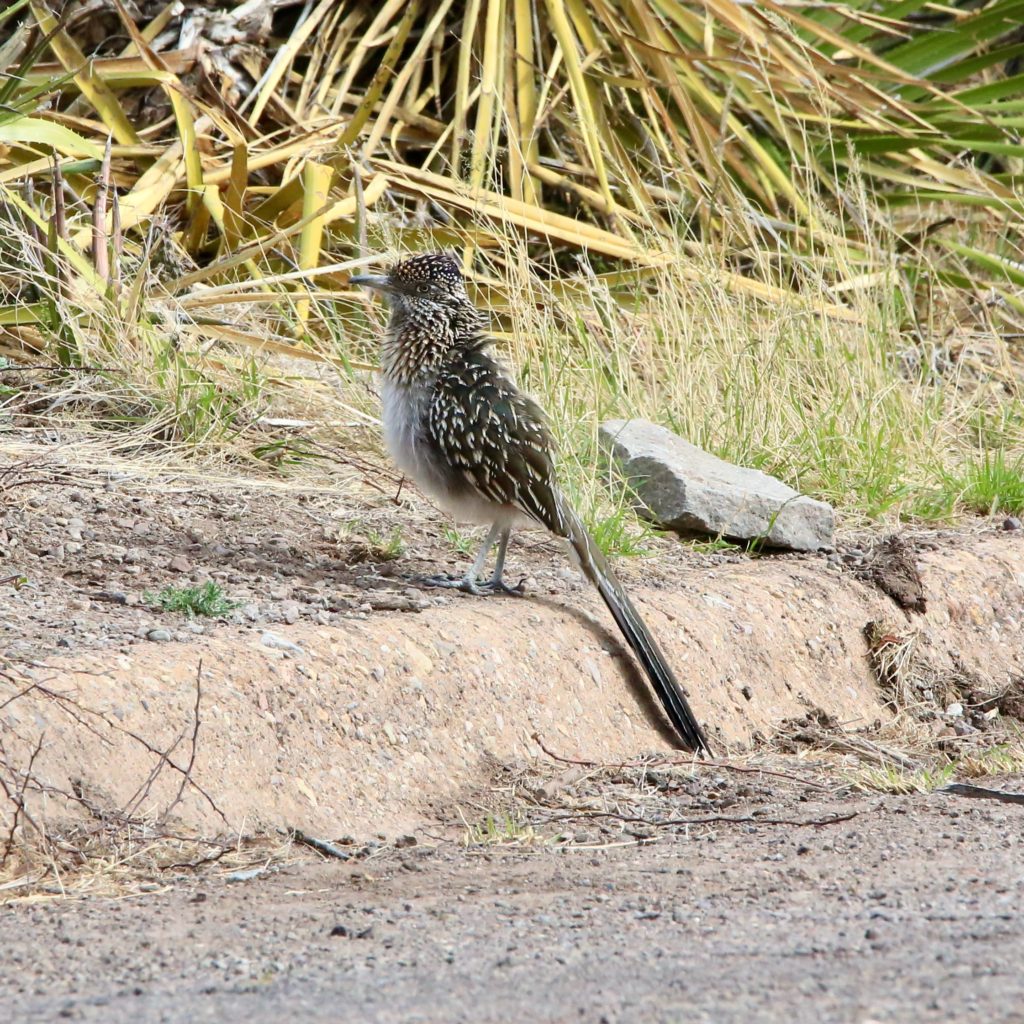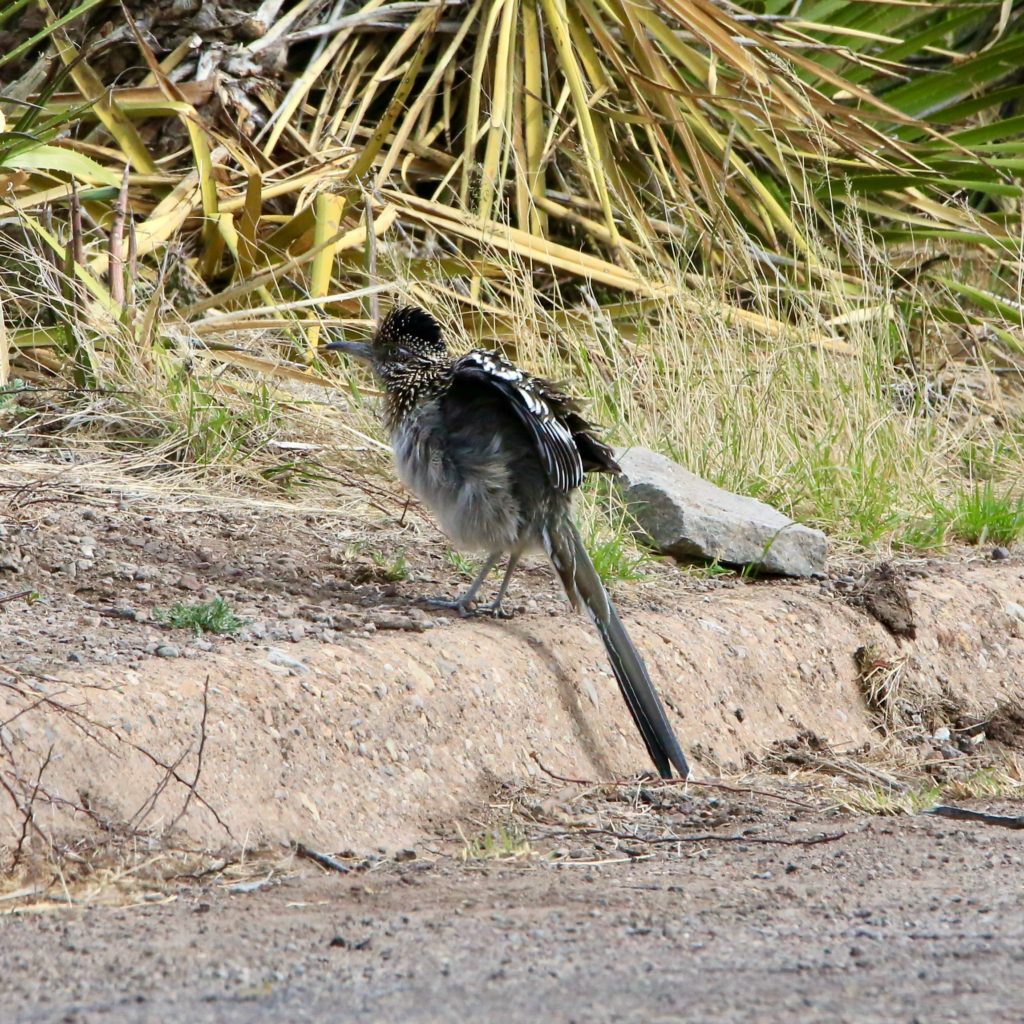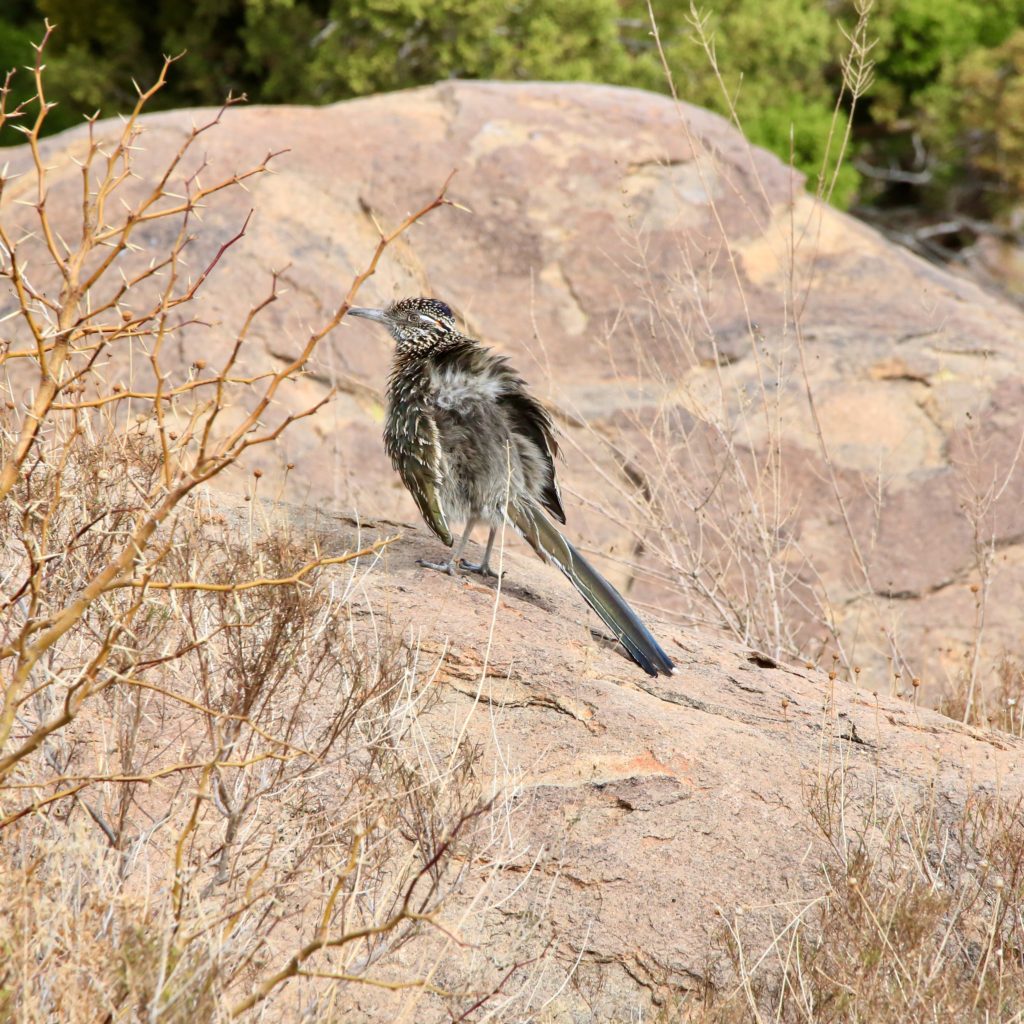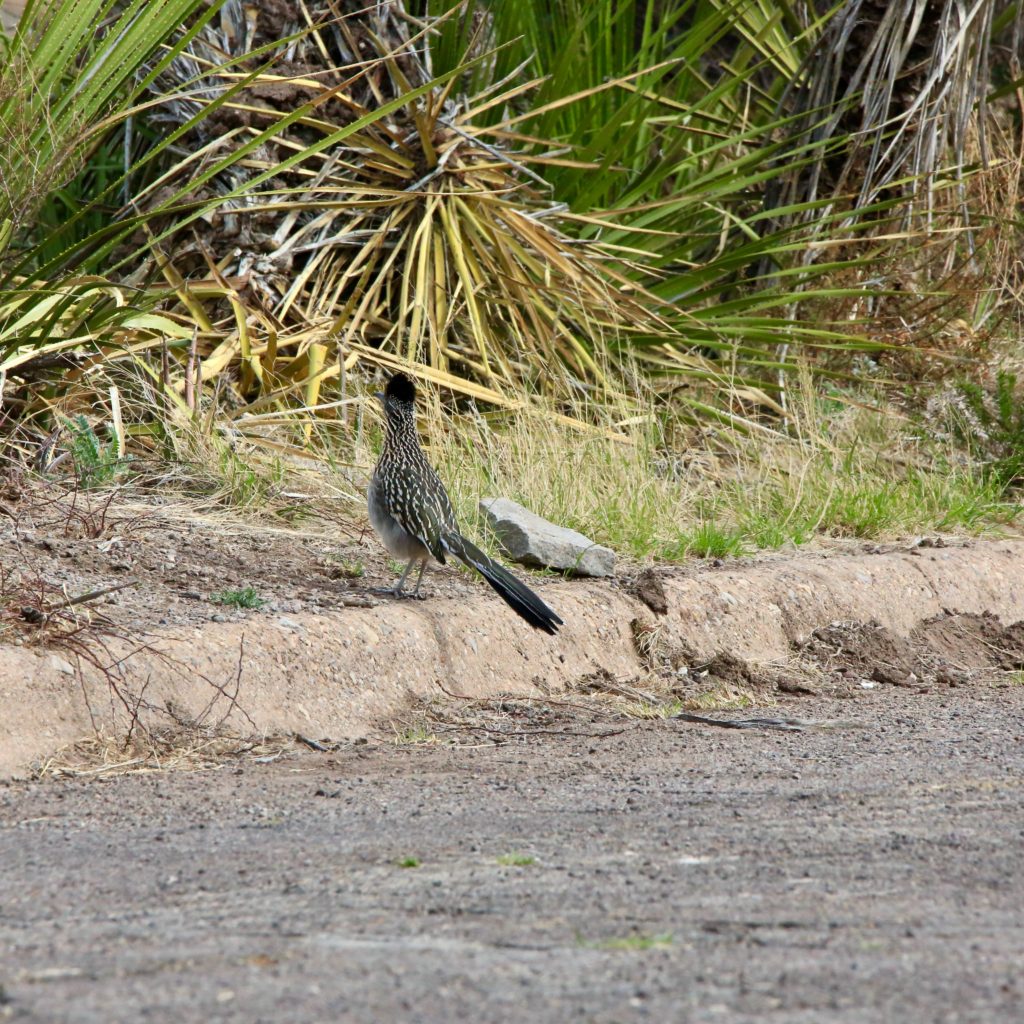
Bird Watching at Guadalupe Mountains National Park
Share
The 86,000 acres of Guadalupe Mountains National Park is located in a remote area to the west of Texas, just south of the New Mexico border. This national park forms a part of the Chihuahuan Desert ecosystem, and contains the four highest peaks inside Texas and also the most extensive Permian fossil reef in the world. Within the Chihuahuan Desert, the park envelopes the highest elevations gradient and some of the most extreme habitats. It consists of varying geological forms that were created over 200 million years ago and includes high-elevation mixed-conifer habitat, mid-elevation riparian and canyon habitats, and low-elevation gypsum dune habitats.
Major Attractions at Guadalupe Mountains National Park
The major attractions of Guadalupe Mountains National Park are divided among the three main ecosystems. The Chihuahuan Desert with its salt flats, creosote bushes, the honey mesquite to the west side, and low elevations on the east side covered in grassland, pinyon pine, and junipers. The canyons of the park like the McKittrick, Bear, and Pine Springs Canyon are littered with bigtooth maple, velvet ash, chinkapin oak, and other deciduous tree growth. The alpine areas are raised to an elevation more than 7,000 feet above sea level and contain forests of ponderosa pine, Arizona pine, southwestern white pine, Rocky Mountain Douglas-fir, alligator juniper, and quaking aspen.
The years of exposure to harsh climate have shaped the landscape of the Guadalupe Mountains and the Salt Basin. The Salt Basin is a graben of the land’s crustal rocks. The Frijole Ranch is a paradise on the edge of the dry, lower slopes of the Guadalupe escarpment. The ranch’s History Museum forms its headquarters and holds a sequential exhibit on the history of the Guadalupes from Native Americans. Manzanita Spring is near the ranch and is a fascinating desert watering hole. Smith Spring Trail is popular among hikers looking to explore the wildlife and do some birdwatching.
GET KIDS BIRD WATCHING
Bird Watching at Guadalupe Mountains National Park
The unique formations and ecosystems provided by the Guadalupe Mountains National Park offer a wealth of habitat types making it a popular hub attracting large populations of different species of birds. Given the abundance of species and birds and the many hiking routes and trails, Guadalupe Mountains is a great place for birdwatching.
An estimate of 275 bird species living inside the park boundaries has been confirmed while a few more have been identified as possibly occurring in the park. This list includes the Golden Eagle, Peregrine Falcon, Great Horned Owl, Sparrows, Warblers, Chickadees, and Nuthatches. The elevated forests become nesting grounds for birds that cannot be found commonly in Texas like the Spotted Owl, Northern Saw-whet Owl, Steller’s Jay, and Pygmy Nuthatch. These rare varieties can be observed by trailing on The Bike. To observe owls, overnight stays are at the park are the best option. McKittrick Canyon also acts as a birding site of value.
Common desert birds like the Canyon Towhee, Rufous-crowned Sparrow, Black-chinned Sparrow, Black-throated Sparrow, Scaled Quail, Greater Roadrunner, and Northern Mockingbirds can be seen here as well. Turkey Vultures, Golden Eagles, and Red-tailed Hawks are usually found soaring in the sky, too.
10 Birds to See at Big Bend National Park
Golden Eagle
Golden Eagles have beautiful gold feathers, a strong beak, and large talons. They are mostly found in western North America. Historically, there has been a decline in their population, but their population is now steady. They make their habitat in open country and mountains. Golden Eagles are one of the fastest and largest raptors in North America. Golden Eagles enjoy soaring with their steady wings to hunt for small animals such as squirrels. They lay 1 to 3 eggs and usually build their nests on ledges of cliffs. Golden Eagles found in the north migrate, but most are permanent residents.

Peregrine Falcon
Peregrine Falcons are blue-gray with spots on their underbelly. They can be found throughout North America. They make their homes in open country and along coastal mountains. Their population is currently stable and increasing after a sharp decline. Peregrine Falcons eat other birds such as ducks, songbirds, and pigeons. Peregrine Falcons are one of the largest Falcons and also one of the fastest birds. They can reach speeds up to 200 mph as they dive down to
capture their prey. People often train Peregrine Falcons for hunting. These Falcons like to build their nests on cliff ledges and lay 3 to 5 eggs. They migrate along the coastline and often go out to sea.
Great Horned Owl
Great Horned Owls are brown and white and have two pointy tufts that look like ears. They are found throughout the United States, Canada, and Mexico. Their population is widespread and common and not at risk of being endangered. They make their homes near forests, streams, and open country. Great Horned Owls are the most recognized owl because they make a deep hooting sound. They have a great night vision to hunt in the dark. Great Horned Owls like to eat frogs, mice, birds, and sometimes mammals bigger than themselves! They lay 2 to 3 eggs and will use old nests from other large birds. Sometimes they add feathers to their nests. Great Horned Owls do not have a regular migratory route; however, some have been seen moving south for the winter.
Steller's Jay
Steller's Jays are blue with a black head and a triangular crest. They are found near evergreen forests in the mountains of the western United States. They make their homes in pine and oak forests. Their population is widespread and common. Steller's Jays make their nests out of the mud. They stay in the high canopy and fly down in long, lazy swoops. They eat nuts, seeds, or handouts from humans! Steller's Jays are permanent residents but may move to lower elevations in the winter.
Greater Roadrunner
Greater Roadrunners have a dark brown body with a deep blue-black crest. They can grow to be two feet tall. They can be hard to find as they travel in the open country and desert of the southwest. Greater Roadrunner’s population has declined, but they are not at risk of being endangered. They make their homes in the desert and near scattered brush. Greater Roadrunners are born to run and can outrun a human! They eat insects, rodents, birds, and reptiles. They lay 3 to 5 eggs and defend their nesting area all year long. Their nests are built from leaves, sticks, feathers, snakeskin, and
sometimes pieces of manure. Greater Roadrunners are not migratory birds.













































